It Had To Happen: The R/P 45ft Offshore Performance Catamaran
 by Tony Beale, Reichel/Pugh Yacht Design, San Diego for August 2016 Seahorse Magazine
by Tony Beale, Reichel/Pugh Yacht Design, San Diego for August 2016 Seahorse Magazine
San Diego-based maxi and superyacht design maestros Reichel/Pugh have entered the fast-growing world of the large performance multihull
For 33 years designs from the Reichel/Pugh studio have produced unparalleled results for their owners and made a distinctive mark on the sailing industry. With an average age of 38, the Reichel/Pugh team has a strong passion for design, naval architecture and engineering as well as sailing whether in monohulls, multihulls or kiteboarding. The company’s impressive portfolio ranges from the 1992 America’s Cup winner, America3, to groundbreaking one- designs for Melges Boats (the 32, 24, 17, 20 and the Melges 14).
The Reichel/Pugh portfolio also boasts purpose-built offshore record hunters including Transpac record breakers Pyewacket (76ft, 1999) and Alfa Romeo (100ft, 2012), as well as the 100-footer Wild Oats XI with eight line honour wins in the Sydney Hobart and record setting trifecta (line honours, race record and overall handicap) wins in 2005 and 2012. The studio has also produced breakthrough Superyachts including the 45m Visione, the 34m Nilaya, the 67m Hetairos and two Wallycento designs; Magic Carpet3 and Galateia. Now Reichel/Pugh is looking to a new market, one which is quietly exploding in popularity: performance multihulls.
The motivation to design this 45ft offshore performance catamaran started with a question from a prospective client. The client wanted a fast yacht for shorthanded offshore racing that also featured genuine cruising capacity; he initially asked us to offer a recommendation in choosing between a Class40 monohull and a custom multihull design. There may have been an expected response from a design firm with such long and successful pedigree in monohulls, but recent hires by the company have tipped the balance somewhat and, with nearly half of the design team owning performance catamarans themselves, the discussion was spirited and the conclusions divided. To explore the trade-offs in proper depth it was decided to develop a new multihull design.

The design process begins with the market research. After evaluating possible layouts and reviewing market trends, it was determined that a catamaran design would provide more living space than an equivalent trimaran by splitting the interior accommodation between two hulls instead of one centre hull. Furthermore, given the performance goals the design would focus on an open bridgedeck layout to help achieve a light displacement. The team found a few designs in this market space, however most were by now several years old. The research indicated an opportunity for a unique performance catamaran design capable of racing and cruising that would be quite different from the existing options available today.
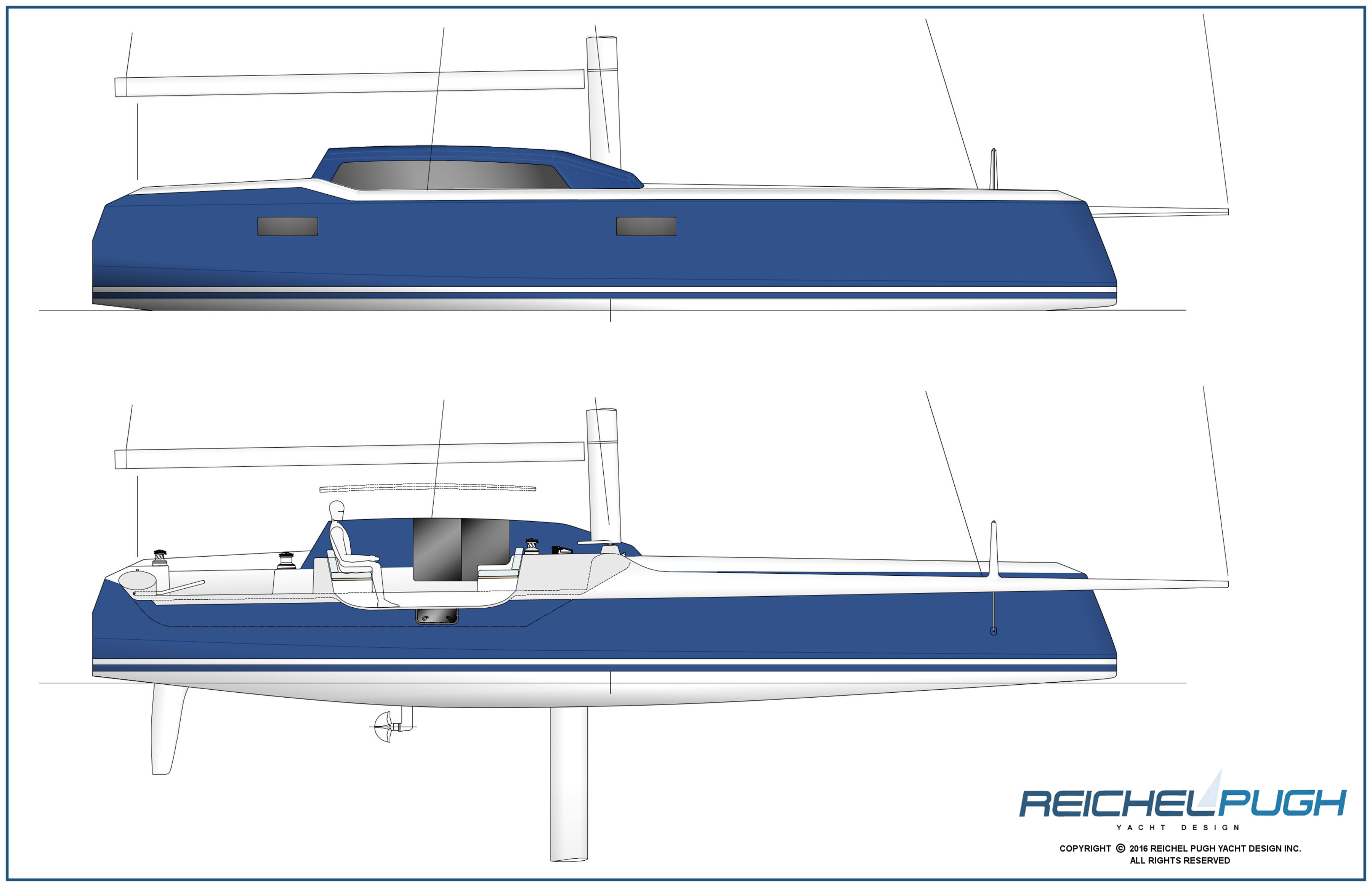
On deck the space gained from eliminating the voluminous but typically bulbous bridgedeck cabin allows for a more efficient sailing layout as well as a generous social area for guests aft of the mast; the bridge deck itself is also designed to keep the working and social areas dry even at high speeds. A low sheerline and cabin profile ensure a clear line of sight from the helm (an issue on many current catamaran designs). The winches and working areas of the boat are carefully laid out to facilitate both fully crewed as well as shorthanded sailing. Additionally, all control lines are lead below deck to further enhance the open feel, safety and efficiency.
Compared with a comparably sized monohull or trimaran the large open deck of this new design provides significantly more usable space. When required, a bimini hard top covering the guest seating area will provide protection from the elements for cruising passages and day sails. At anchor the transom doors open to provide bathing platforms with uninterrupted access from the bridgedeck to the water. These platforms also facilitate boarding from either a dock or tender. The forward trampolines offer more lounging and sunbathing area.
The interior arrangement features the owner’s quarters, a head with separate shower and the galley in the starboard hull. The port hull accommodation includes two guest/crew berths with shared head and a dinette area. The fit-out is simple but comfortable in keeping with modern design trends; numerous portlights and windows create a light and airy interior.
Under power the new 45ft cat is driven by two diesel saildrives, but in the longer term the design team aims to introduce electric drives, given the rate of development and increasing implementation of these systems.
To fulfill the design brief for a successful racing design all opportunities for performance advantage were investigated. The modern hull design exhibits a low rocker shape and reverse stem while maintaining a high-volume bow for reserve buoyancy with a flying knuckle to improve manoeuvrability.
The rig utilises an efficient rotating mast arrangement. The headstay, code zero and downwind sails are supported with a stayed longeron/sprit, eliminating the customary forward beam to reduce windage and pitching motion. C-shaped daggerboards provide leeway resistance as well as some vertical lift to reduce virtual displacement – also ensuring the bows stay up when the boat is being pressed hard downwind.
This 45ft catamaran, designed and engineered by the Reichel/Pugh studio, is well positioned to make an impact in the growing performance multihull market. It is truly a versatile offshore racing yacht, combining high performance with the amenities and comfort for relaxed cruising while also maintaining the safety and ease of use necessary for such a boat to be sailed by its owner and guests without employing professional sailing crew.
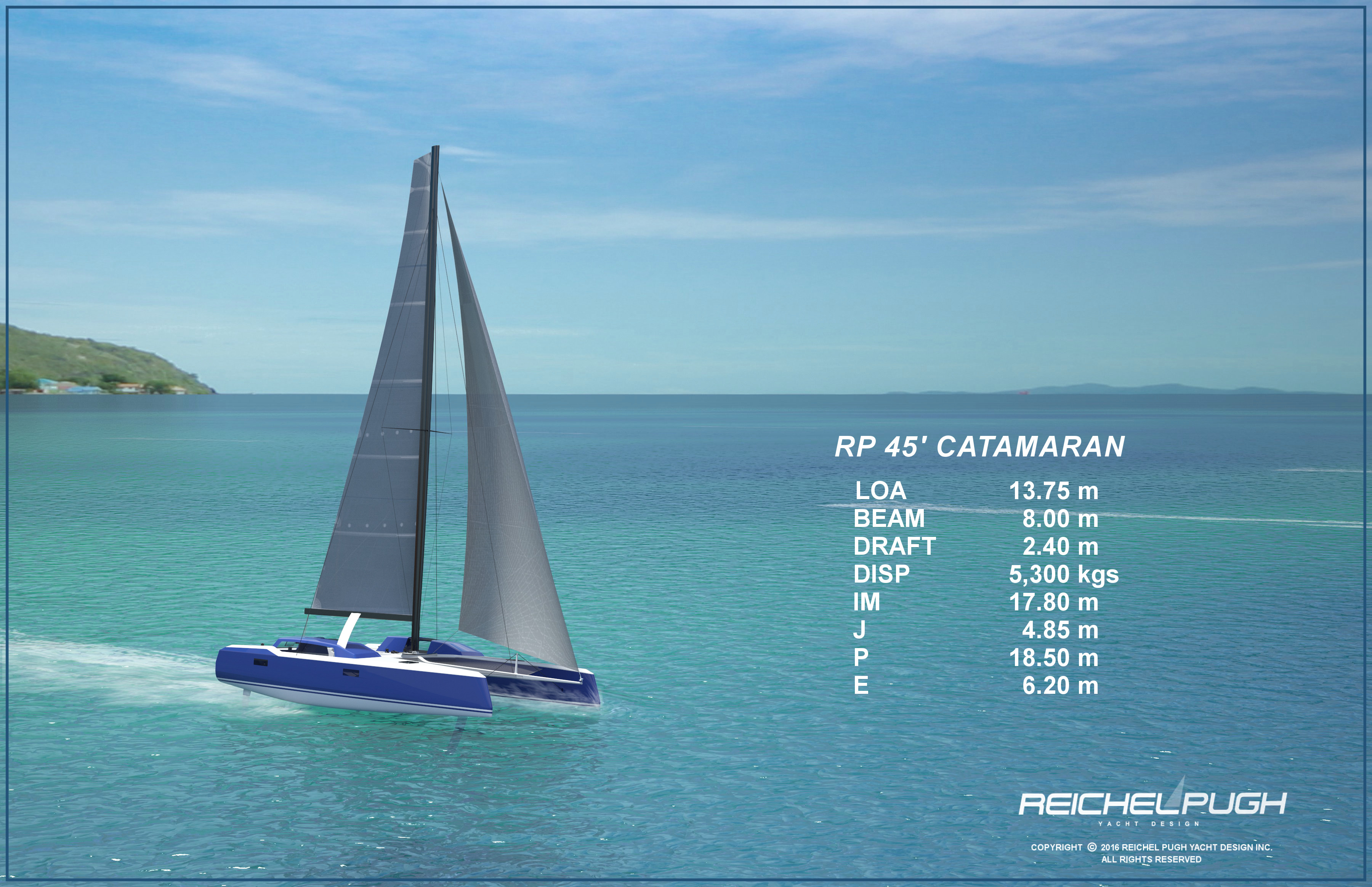
by Tony Beale, Reichel/Pugh Yacht Design, San Diego
Click to go to Seahorse Magazine
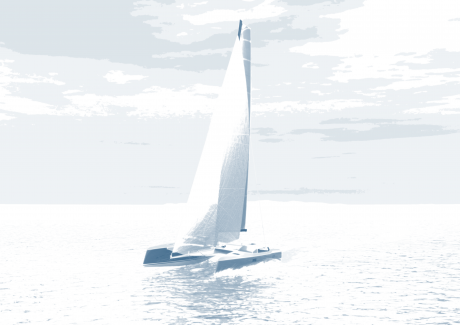

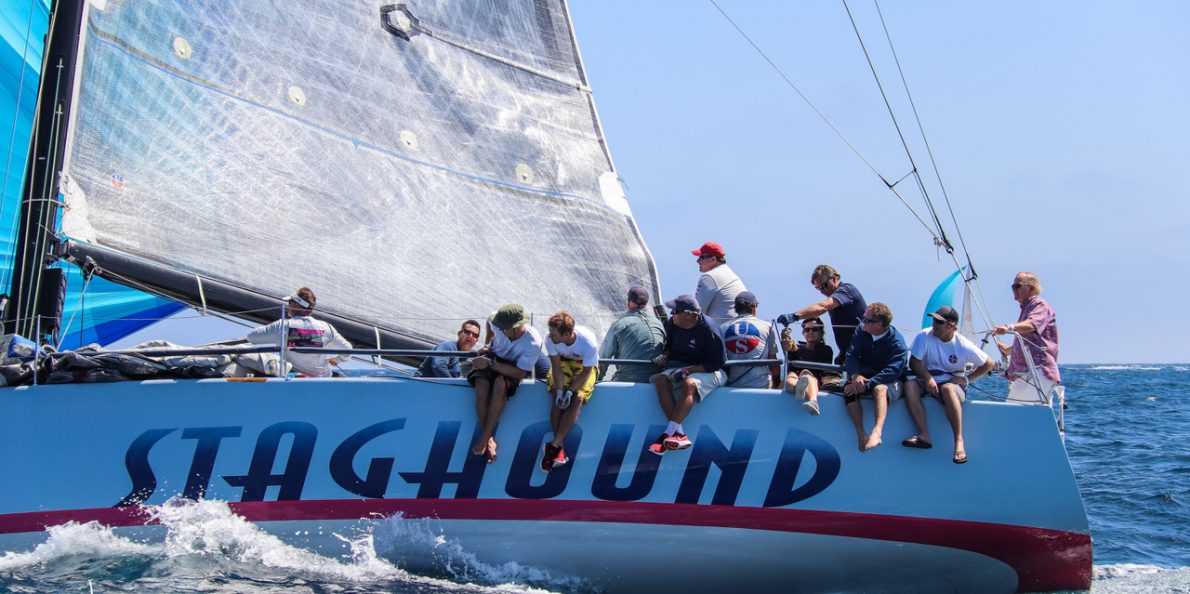
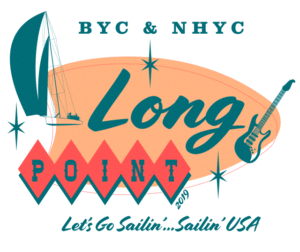 Newport Beach, CA (August 25, 2019) – Congratulations to Alec Oberschmidt and his team for the overall win (and B division win for the third year in a row) at the 2019 Long Point Race Week aboard their Reichel/Pugh-designed 50’ racer Staghound. David Clark’s ULDB 70 Grand Illusion with Reichel/Pugh-designed keel and rudder appendages was 2nd in ORR Division. Grand Illusion won the Transpac overall in 2015.
Newport Beach, CA (August 25, 2019) – Congratulations to Alec Oberschmidt and his team for the overall win (and B division win for the third year in a row) at the 2019 Long Point Race Week aboard their Reichel/Pugh-designed 50’ racer Staghound. David Clark’s ULDB 70 Grand Illusion with Reichel/Pugh-designed keel and rudder appendages was 2nd in ORR Division. Grand Illusion won the Transpac overall in 2015. 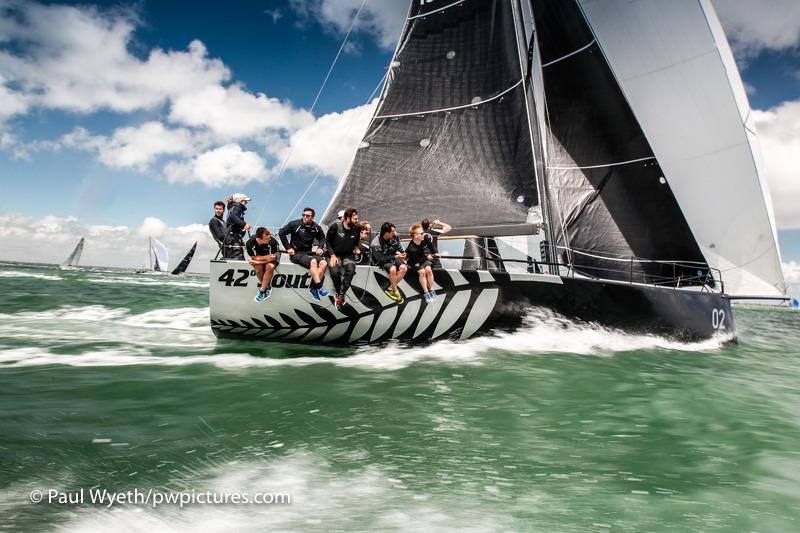
 Cowes, Isle of Wight (August 17, 2019) – Mark Rijkse’s Reichel/Pugh-designed GP42 42° South (ex-Seawonder 007) shone brightly at the 2019 COWES WEEK, scoring four bullets in six races to win Class IRC 0, winning the prestigious Brittania Cup and New York Yacht Club Challenge Cup in two of those races.
Cowes, Isle of Wight (August 17, 2019) – Mark Rijkse’s Reichel/Pugh-designed GP42 42° South (ex-Seawonder 007) shone brightly at the 2019 COWES WEEK, scoring four bullets in six races to win Class IRC 0, winning the prestigious Brittania Cup and New York Yacht Club Challenge Cup in two of those races. 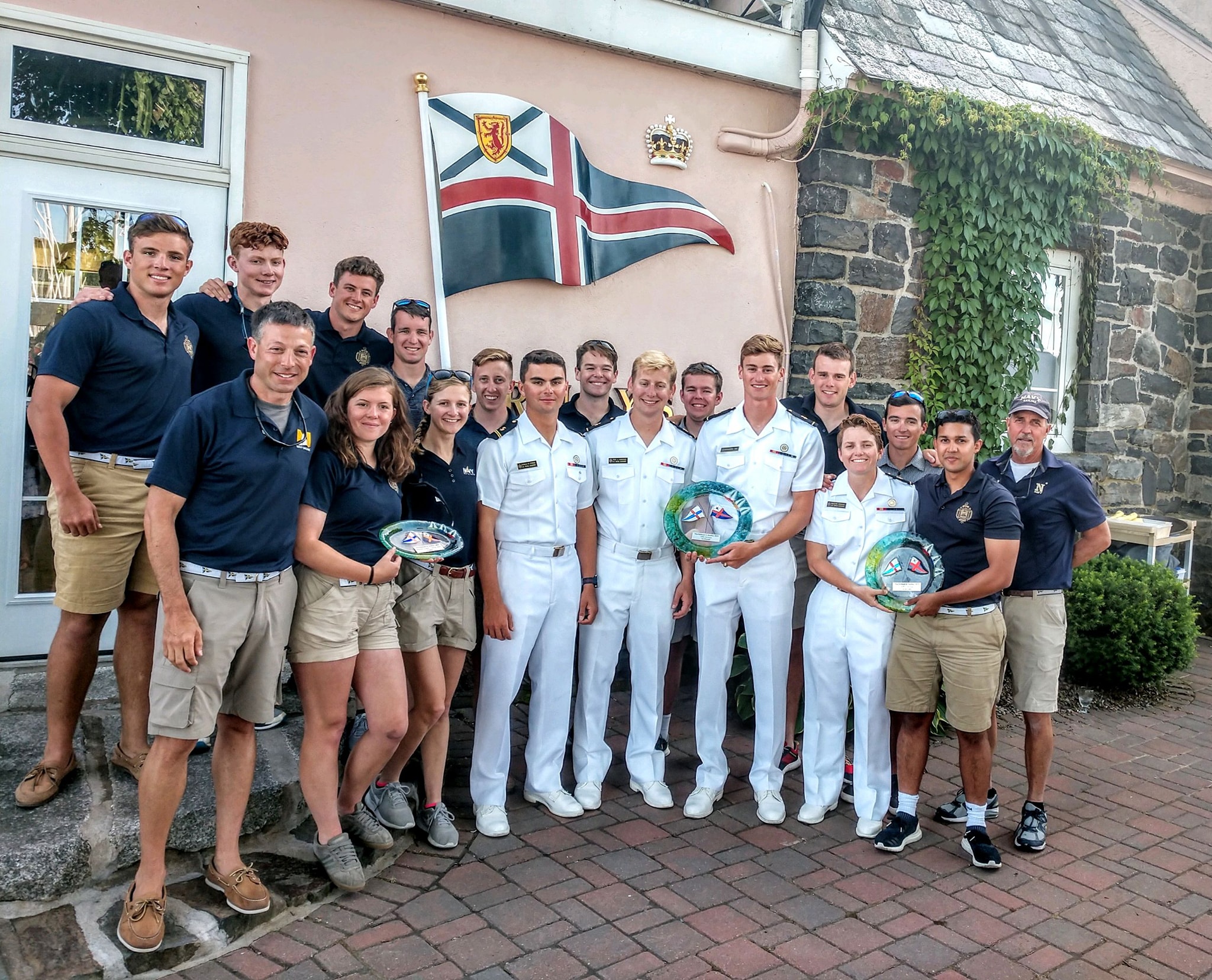
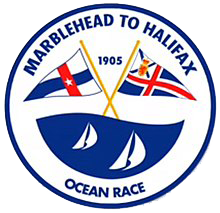 A piece of Dr. Skip Sheldon’s legacy lives on as his 66’ racer-cruiser Zaraffa continues to win with the grateful U.S. Naval Academy Varsity Offshore Sailing Team.
A piece of Dr. Skip Sheldon’s legacy lives on as his 66’ racer-cruiser Zaraffa continues to win with the grateful U.S. Naval Academy Varsity Offshore Sailing Team.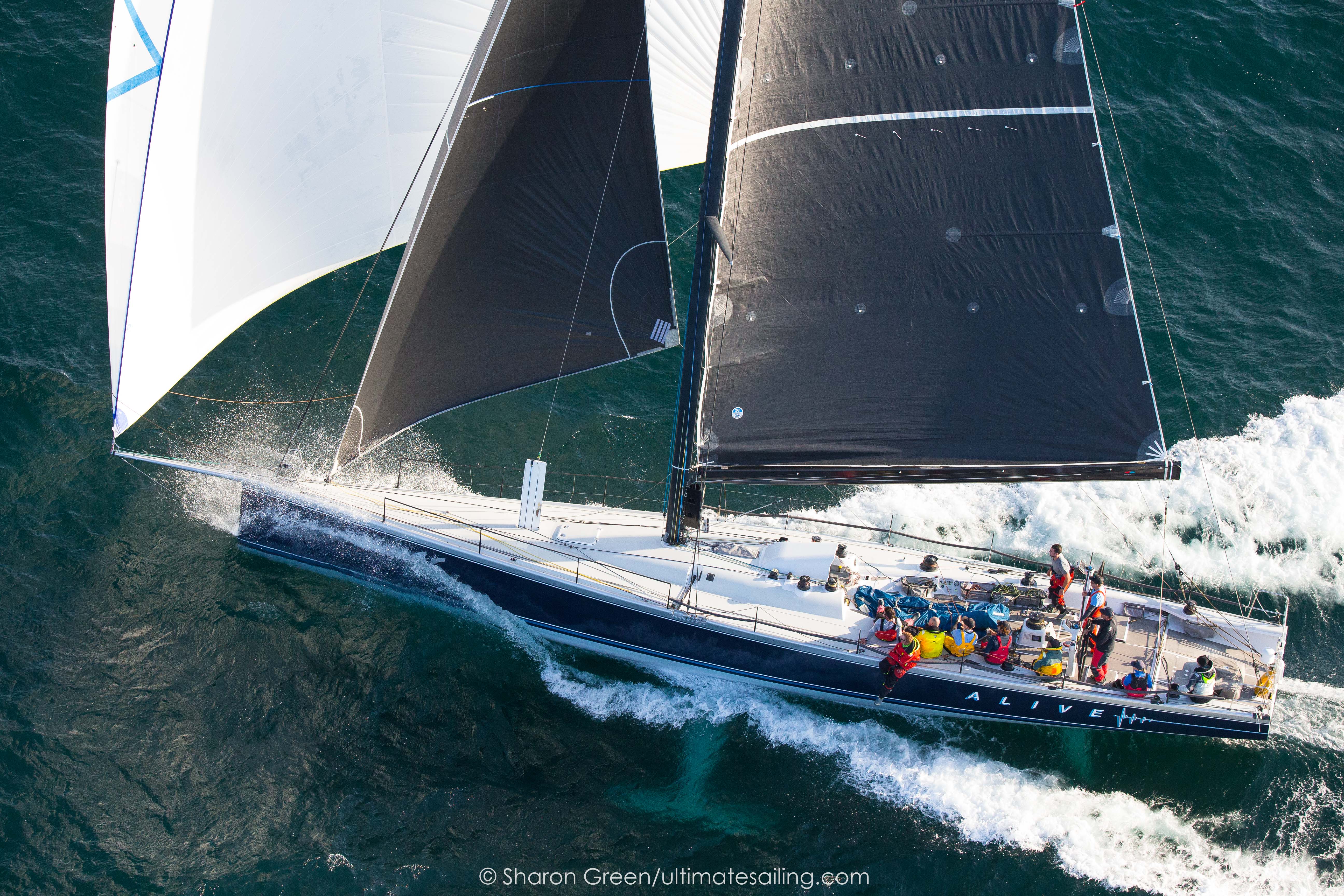
 As the 50th Transpac kicks off this week Reichel/Pugh wishes all owners and crews a safe race, especially our very own Naval Architect and Structural Engineer David Oliver who is navigator aboard the 60’ Good Call.
As the 50th Transpac kicks off this week Reichel/Pugh wishes all owners and crews a safe race, especially our very own Naval Architect and Structural Engineer David Oliver who is navigator aboard the 60’ Good Call. Porto Cervo (June 8, 2019) – The 12th edition of the Loro Piana Superyacht Regatta was organized by the Yacht Club Costa Smeralda in the waters of Porto Cervo, Sardinia and hosted 20 boats ranging from 25 to 52 metres in length. Reichel/Pugh-designed 100’ Magic Carpet3, owned by YCCS member Sir Lindsay Owen-Jones, won Class “A” ahead of the 33-metre Inoui and the Wally 107 Open Season with a perfect scoreline across all three races. The Silver Jubilee Cup, assigned to the top yacht over 30 metres with an interior cruising set-up and in the division with the most competitors, also went to the WallyCento Magic Carpet3. Jim Pugh was apart of the racing team.
Porto Cervo (June 8, 2019) – The 12th edition of the Loro Piana Superyacht Regatta was organized by the Yacht Club Costa Smeralda in the waters of Porto Cervo, Sardinia and hosted 20 boats ranging from 25 to 52 metres in length. Reichel/Pugh-designed 100’ Magic Carpet3, owned by YCCS member Sir Lindsay Owen-Jones, won Class “A” ahead of the 33-metre Inoui and the Wally 107 Open Season with a perfect scoreline across all three races. The Silver Jubilee Cup, assigned to the top yacht over 30 metres with an interior cruising set-up and in the division with the most competitors, also went to the WallyCento Magic Carpet3. Jim Pugh was apart of the racing team.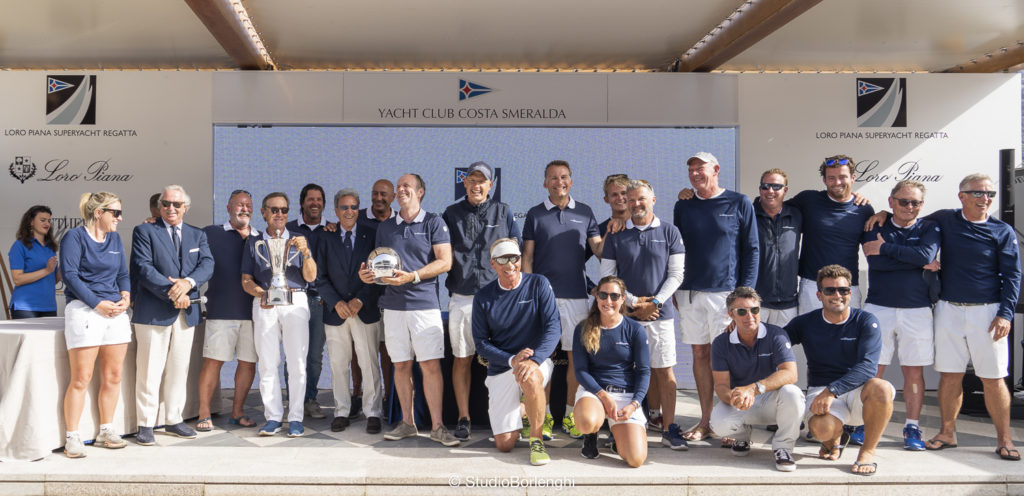
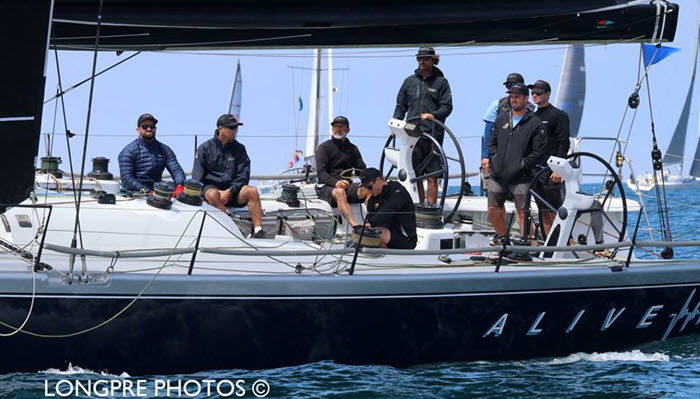
 Ensenada, Mexico (April 28, 2019) – Congratulations to all competitors in the 72nd annual Newport to Ensenada (125nm). On the heels of its 2018 Sydney-Hobart victory, the Australian-based Reichel/Pugh 66’ Canting Keel Mini Maxi ALIVE (formerly Black Jack & Stark Raving Mad) earned the NOSA Trophy for overall best elapsed time, the Amigo Trophy awarded to a first-time skipper and the Lahaina Yacht Club Trophy for best elapsed time all PHRF. Congratulations to owner Phillip Turner, skipper Duncan Hine and the entire Alive Yachting team.
Ensenada, Mexico (April 28, 2019) – Congratulations to all competitors in the 72nd annual Newport to Ensenada (125nm). On the heels of its 2018 Sydney-Hobart victory, the Australian-based Reichel/Pugh 66’ Canting Keel Mini Maxi ALIVE (formerly Black Jack & Stark Raving Mad) earned the NOSA Trophy for overall best elapsed time, the Amigo Trophy awarded to a first-time skipper and the Lahaina Yacht Club Trophy for best elapsed time all PHRF. Congratulations to owner Phillip Turner, skipper Duncan Hine and the entire Alive Yachting team. 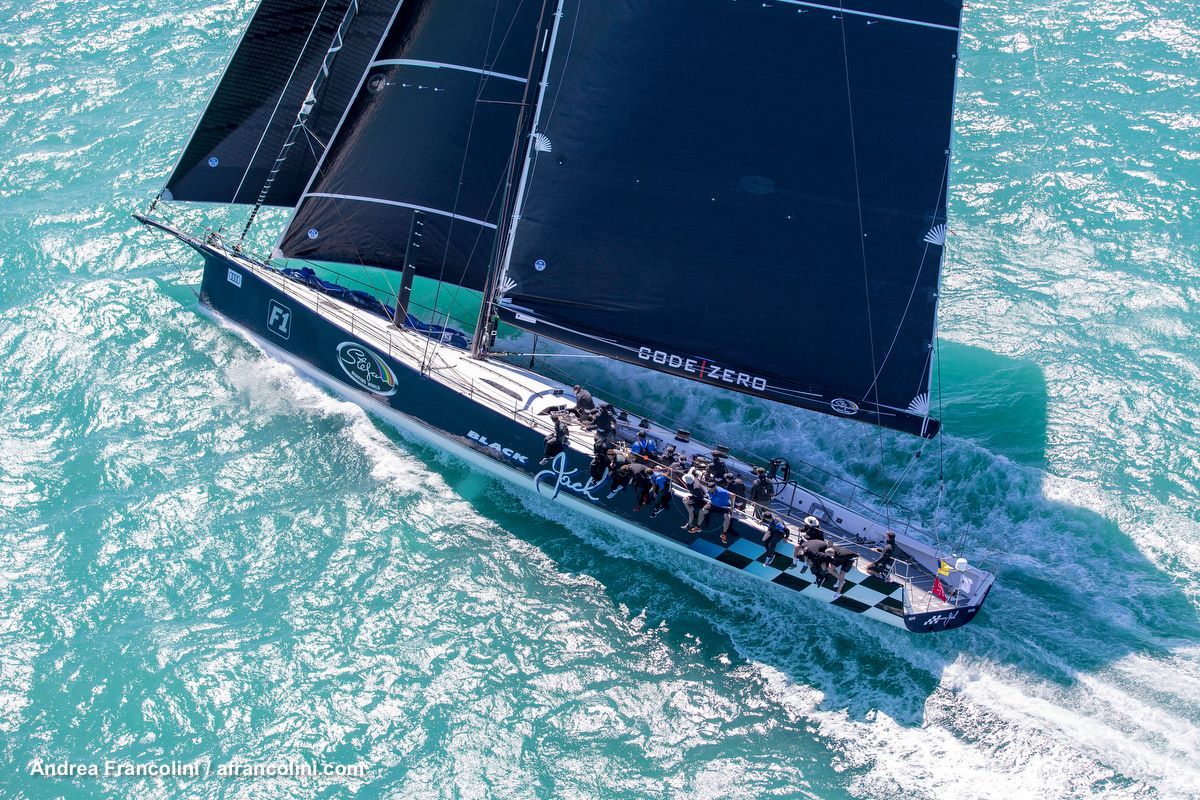
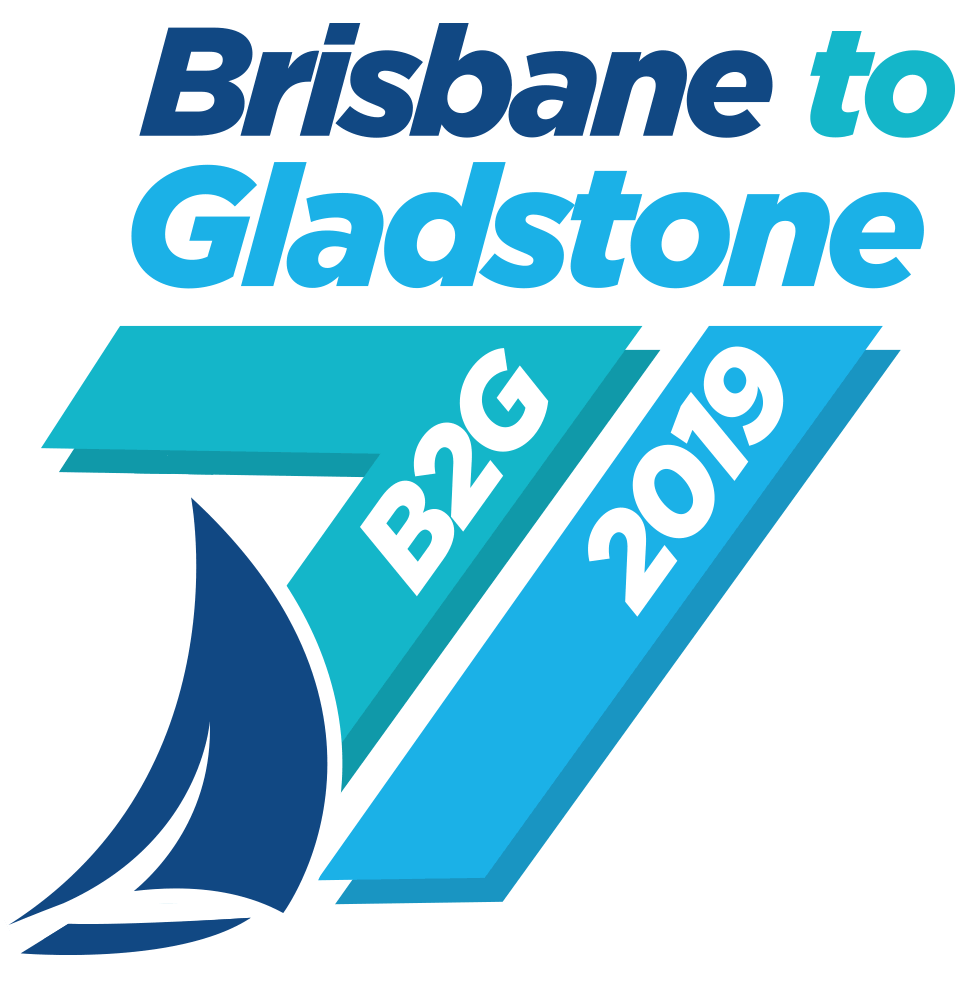 RP100 Black Jack is Winner of 2019 Brisbane to Gladstone Line Honors and Four Cities Cup for best performing yacht.
RP100 Black Jack is Winner of 2019 Brisbane to Gladstone Line Honors and Four Cities Cup for best performing yacht.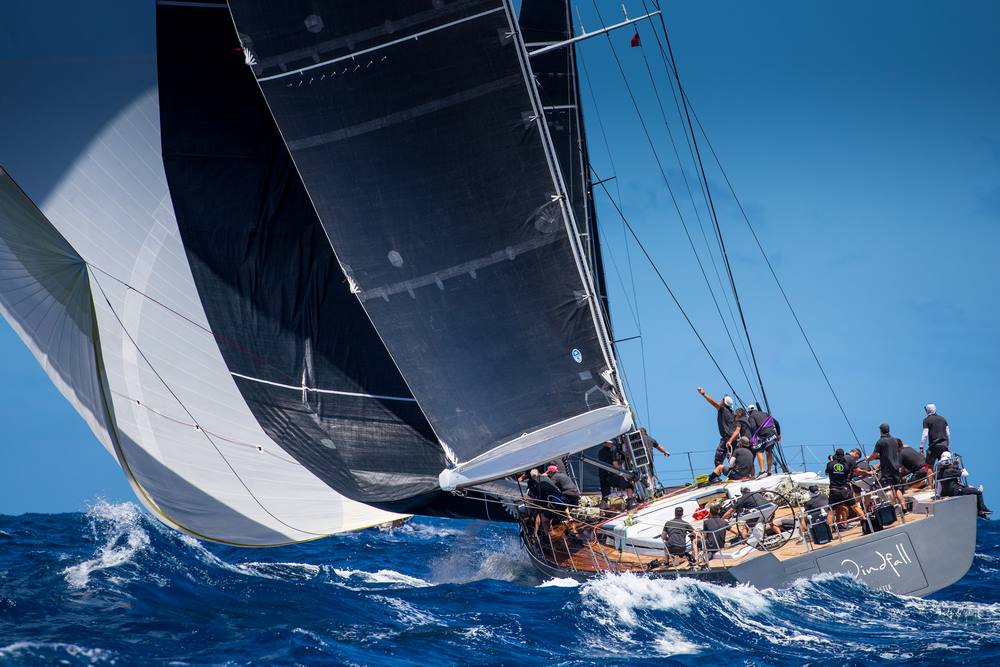
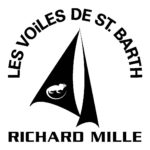 St. Barths (April 21, 2019) — Launched in 2010, Les Voiles de St. Barth is an event created specifically to keep the long, colorful history of racing on the island vibrant — building on Loulou’s Regatta back in the 1970’s with its 100 sailboats to the Transat AG2R, the Route du Rose, and the St Barth Bucket Regatta. The 2019 regatta marked the 10th anniversary and fielded scores of teams across nine classes, despite the remaining traces of hurricane Irma, which ravaged the island in September 2017.
St. Barths (April 21, 2019) — Launched in 2010, Les Voiles de St. Barth is an event created specifically to keep the long, colorful history of racing on the island vibrant — building on Loulou’s Regatta back in the 1970’s with its 100 sailboats to the Transat AG2R, the Route du Rose, and the St Barth Bucket Regatta. The 2019 regatta marked the 10th anniversary and fielded scores of teams across nine classes, despite the remaining traces of hurricane Irma, which ravaged the island in September 2017.